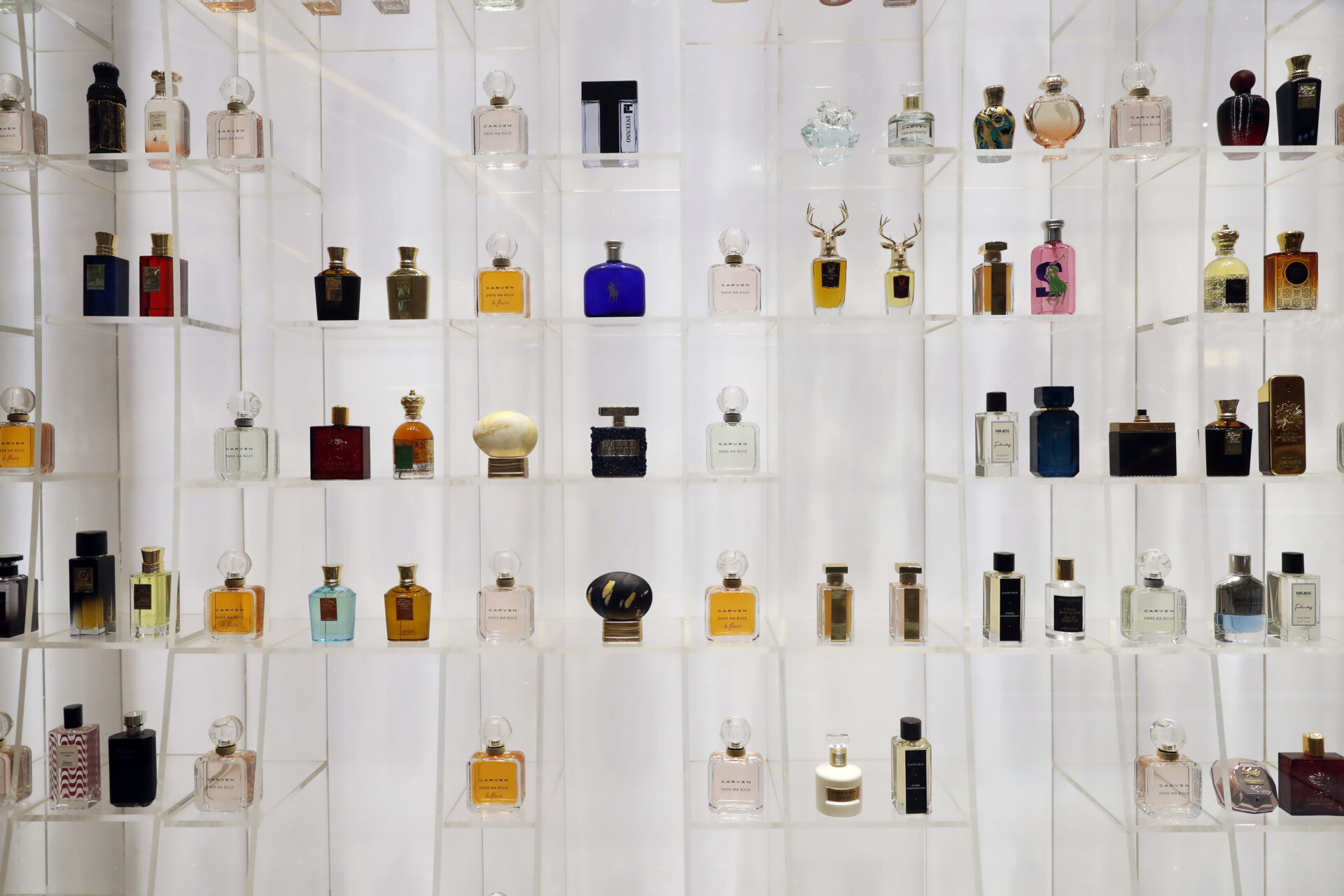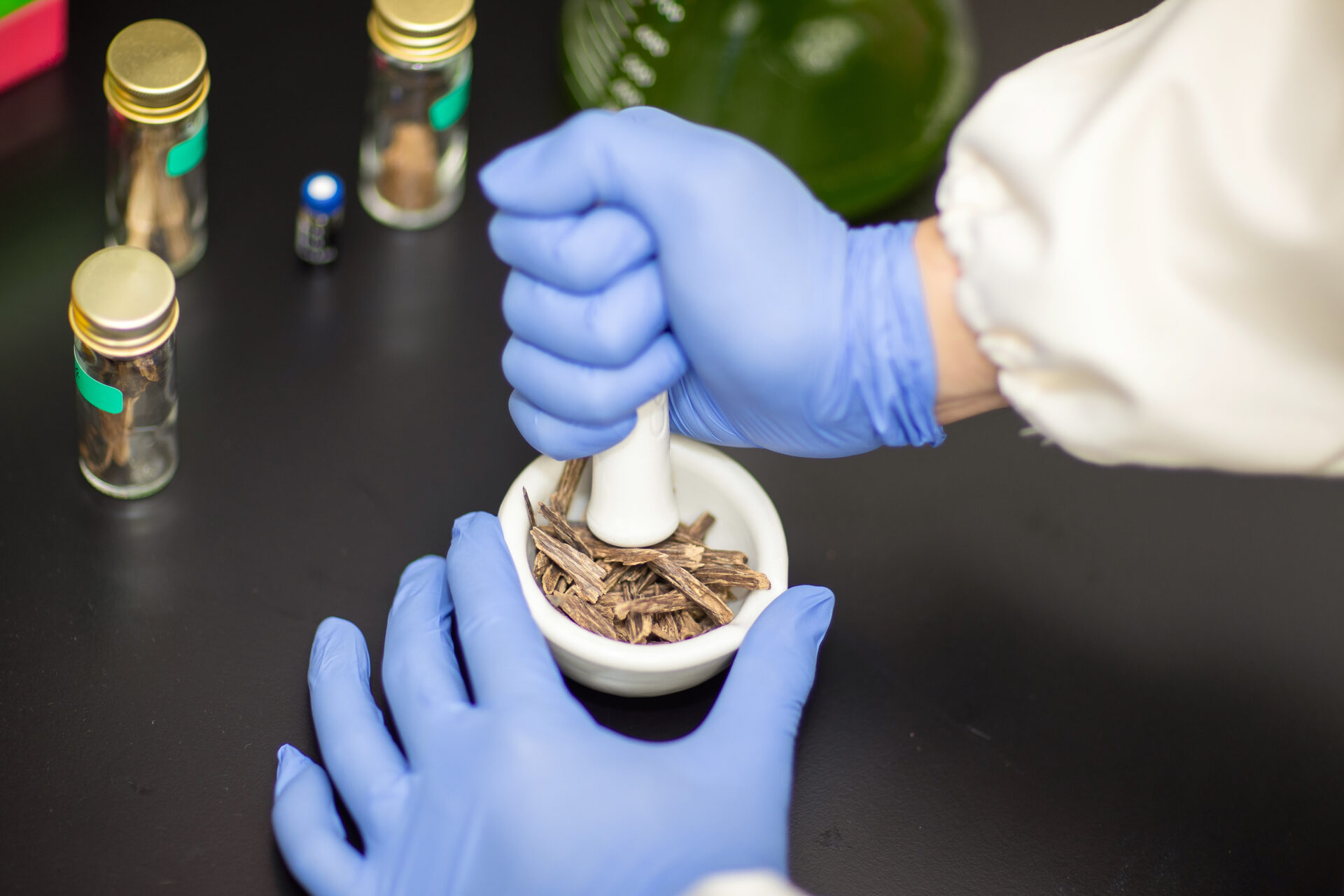
Saudi scientists produce sustainable oudh, aroma of the Arab world
Researchers at KAUST use engineered algae to make the fragrance as an alternative to the expensive and overharvested agarwood tree
The distinctive woody scent of oudh has been prized in the Middle East for thousands of years as a base for the perfumes and incense that are deeply entwined with cultural identity and grooming rituals.
As anyone who has walked through the malls of Abu Dhabi or Riyadh could attest, it is also the most heavily sold ingredient for the multibillion-dollar Gulf perfume market.
But while many products are marketed as oudh in the largely unregulated industry, the authentic scent derived from the fragrant resin of agarwood is a dwindling resource – increasingly rare and expensive. The highest quality agarwood can fetch up to $100,000 per kilogram.
With some species of the tree now at risk of extinction from overharvesting and deforestation, agarwood products have been banned in several countries, presenting an additional challenge for perfumers who wish to use it in their collections.
Scientists at King Abdullah University of Science and Technology (KAUST) in Saudi Arabia have developed a sustainable alternative to wild agarwood, using metabolically engineered algae to produce a synthetic version of the oudh scent.
The Sustainable & Synthetic Group at KAUST, led by Assistant Professor Kyle Lauersen, examined 58 samples of agarwood to understand its chemical structure.
“The chemical complexity of oudh is actually very high,” Lauersen told The Circuit. “And what we found was that across the samples that we tested, each oudh was unique, but it had on average about 300 chemicals that were shared.”

Scientists examined 58 samples of agarwood to understand its chemical structure. (Photo: KAUST)
From those chemicals, the team was able to determine nine base chemicals that could be reproduced by engineered algae and manipulated to produce the complex scent structures of oudh.
They then collaborated with Professor Gyorgy Szekely’s team at KAUST’s Advanced Membranes & Porous Materials Center to concentrate the scent using an energy-efficient nanofiltration step, with the solvents used during the process re-introduced to the algae in a circular process.
While Lauersen says the resulting product may be less variable and complex than oudh sourced from wild agarwood, it is more consistent and contains less unknown chemicals than many fragrance products on the market.
“What we can offer is controllability, consistency, and knowing what’s going into your perfume… In a way, it’s more like harnessing what’s good in nature without all of the unknowns and all of the bad stuff as well.”
He said the goal was not to replace the traditional oudh used in high-end perfumes, which could be sourced from sustainable agarwood operations, but to stop illegal harvesting of wild wood by reducing unnecessary demand.
“It’s just the illegal harvesting in the rainforest we want to avoid and so for things like shampoos and detergents, those shouldn’t be using extracts from the wood,” Lauersen said. “We should make (the extracts) and then use them in consumer products so that they can have the essence of oudh without having the environmental impact.”
Lauersen said the next step was to research how to scale the process to make synthetic fragrance in quantities that could be used by perfumers, which would likely take several years.
He said it would be important to work with industry to ensure synthetic oudh was well received as a sustainable alternative, but he was hopeful that it would appeal to consumers.
“The allure of the Middle East is always talked about as an olfactory response. I think there is a wonderful potential here for it to be well received with that next generation of consumers.”


